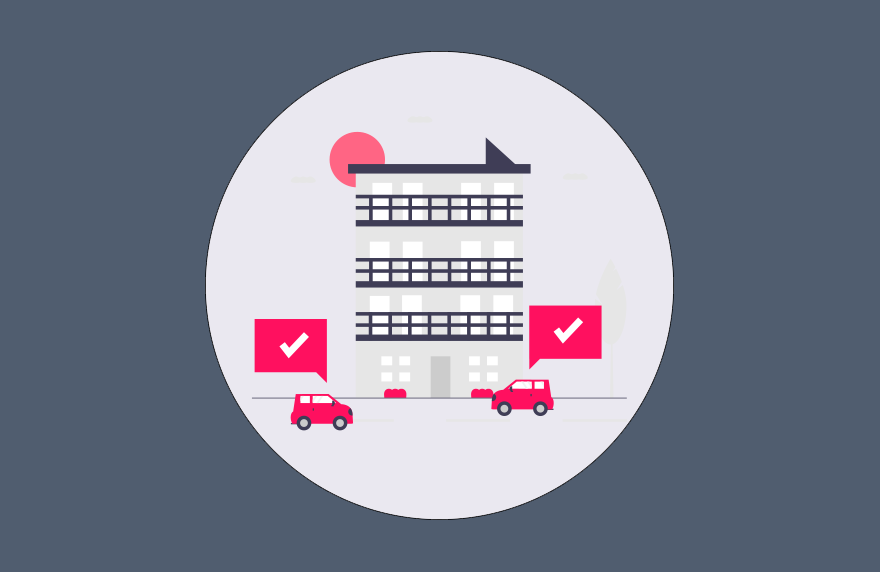There’s no denying that we now have a plethora of channels to communicate through. If you read any marketing publication, it’s hard to go a week without hearing that one of them is king, only for it to be shunned the next week by someone else and seen as redundant.
The truth is that they each have their own merits, and as we see new channels coming out of their infancy and into fruition, the question isn’t ‘which channel is best?’, but ‘which channel is best for my objective’.
Shifting the weight: Optimising channels
Toyota’s recent move to change its relationship with TV has come from this understanding that there is no one golden channel, but rather an optimised way to use them together.
TV and other above the line mediums have historically had to carry a lot of weight. They’ve had to broadcast a creative and consistent brand message while also communicating a product and selling it.
Of course, it can work. But, with other options available, we shouldn’t settle for it working – we should be making it optimal. You should take the weight off Above the Line (ATL) channels like TV (freeing it up to do what it does best) and utilise other channels for what they do better.
Redefining how we use TV within automotive
What TV does within automotive – and why it should always have an important role – is raise awareness with a conquest audience and create brand advocacy in current owners. TV still has a massive reach, and the stats are there to prove its value.
The issue with using TV to communicate tactical messages is:
- Automotive manufacturers often have a wide-ranging portfolio, meaning they have a lot of different models to talk about.
- Customers may come to same decision of which vehicle to buy, but for different reasons. ATL marketing can’t differentiate the relevant communication for individual needs.
By taking away the tactical responsibilities from TV, it frees it up to deliver a core brand message which excites and educates the audience on your point of difference against the competition.
Toyota is moving towards this with its focus on true mobility, a message which runs through the entire range and to the heart of the brand.
Using data to shape your channels
Using TV to focus on a core brand message increases top of funnel traffic, so other channels such as email or social retargeting can take on the job of delivering effective tactical communications. More than this, they’re enhanced for the job because they’re guided by data.
Data allows us to create a meaningful portrait of not only who that customer is, but who they might become and what attributes are likely to influence their decision. Using this, we can predict which model they are most likely to buy, and, importantly, for what reason.
This information can change not only what we communicate with that individual, but also how we present the vehicle. By personalising how we position the product to reflect key factors in their lifestyle, we can generate greater resonance and relevance, which in turn leads to greater engagement.
In fact, 86% of respondents to a survey said they are much/somewhat more likely to do business with automotive websites/apps offering personalised experiences.
Fine-tuning personalisation
Personalisation can come in many different forms, from bespoke UX designed to serve the most relevant content first, to a progressive sales funnel journey integrating all channels from social and email, to direct mail. There is no individual channel that is more effective than integrating all of them to work holistically and beginning to generate a dialogue with the customer.
This type of dialogue is what enhances the customer experience and is changing the customer journey within the automotive industry. Where it was notoriously based around the ‘hard-sell’and physical touchpoints, now the objective is to assist the customer and empower them in their decision making.
Making your channels work together
Empowerment comes from understanding. This is achievable as data gives us the insight needed to appreciate what matters to the customer. Email, display, SEO, and social can all be enhanced through listening to what the customer is doing, which means they are better suited to reactive communications that are meaningful to the individual.
Siloes within marketing are not only harder to manage, but also not as effective as when they are combined to work together. We now have the technology to create more seamless customer journeys where the conversation can be more fluid and continue through all channels.
Marketing’s purpose should not be to sell a product, but to guide a customer through the journey. The channels we now have available can help bridge the gap between ATL marketing and human conversation, providing the right tools to the customer along the way to put them in control and able to make the best decision for their needs.
The automotive industry isn’t fully there yet, but its digital transformation is building momentum quickly. Toyota has positioned itself well to stay ahead of the curve by being more proactive and reactive across each channel.
As customers are changing how they buy cars, it’s imperative to keep this front of mind. There shouldn’t be a reliance on any one channel, as consumers nowadays engage across multiple platforms. This is an opportunity to have a new style of dialogue maximising the potential of all channels at your disposal.
Take home points
Quality, not quantity, of data
Getting data for the sake of having the data is useless, and in a post-GDPR world it’s worth remembering that all the data you have needs to be there for a reason. Ask yourself what that data will enable you to do that you couldn’t do without it. Equally, what will the customer get by providing it? There needs to be a fair value exchange.
Don’t just journey plan – scenario plan
It’s important to differentiate how you want the customer to behave and how the customer is actually behaving, especially when you have an omni-channel journey. Revisit and refresh:
- How different types of customers go through different journeys
- What types of journeys exist
- How the channels interact
- Where you can make the most difference across all of them
Test and Learn
Some channels are easier to do this with than others, but testing is a useful way to optimise as you go. Don’t just consider if A or B is better – consider why one outperformed another and what you can apply to future campaigns from these learnings.
ATL vs BTL
Above the line channels have a reach that is fundamental to broadcast a consistent message where personalisation isn’t needed. Below the line communications should align with the ATL message, but also identify the individual point of relevance and personalise where useful.








